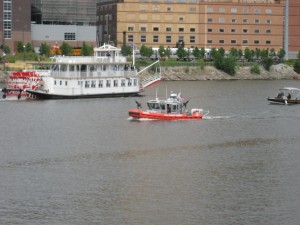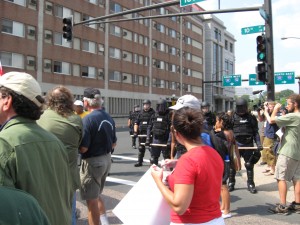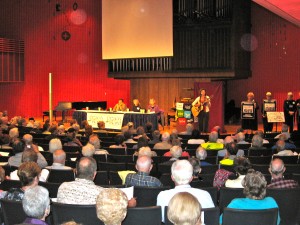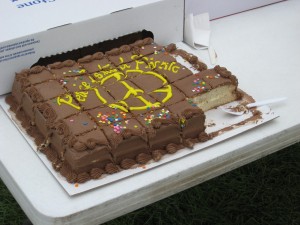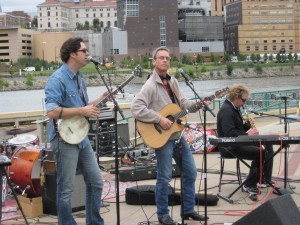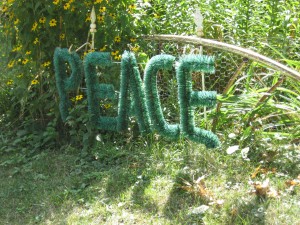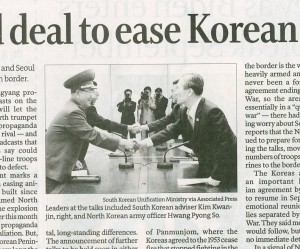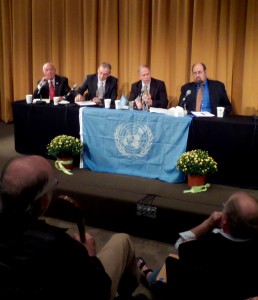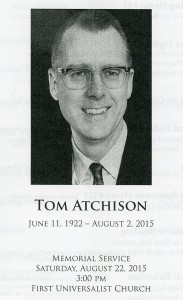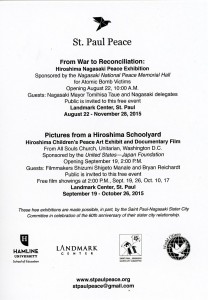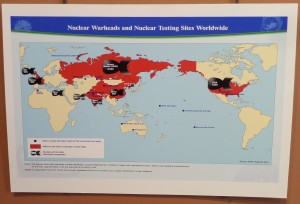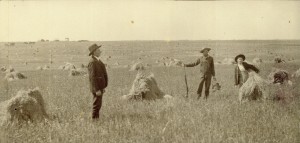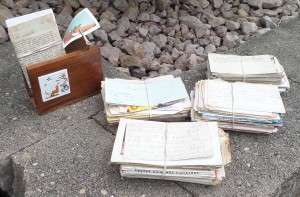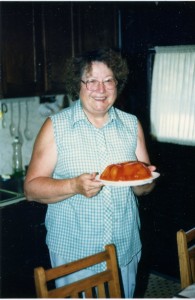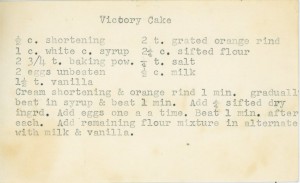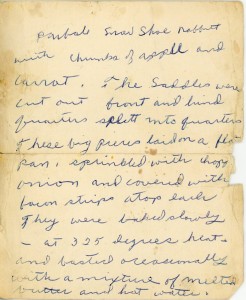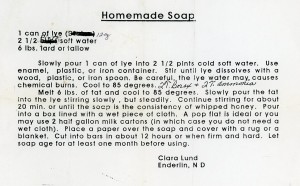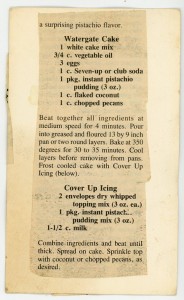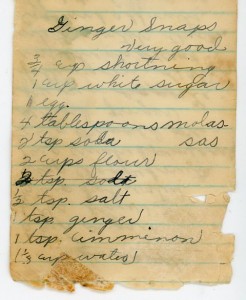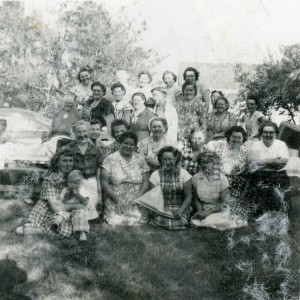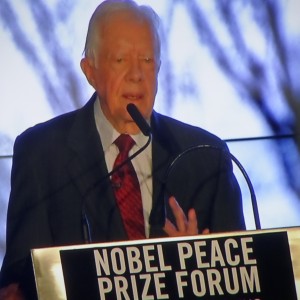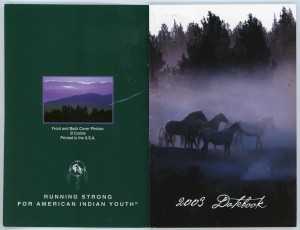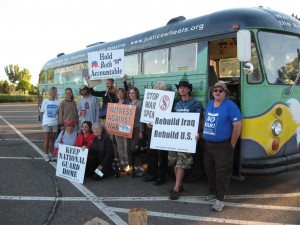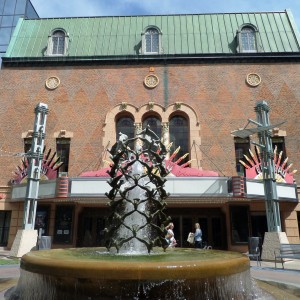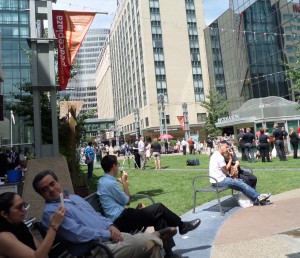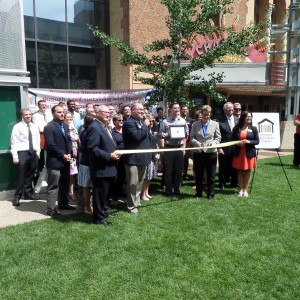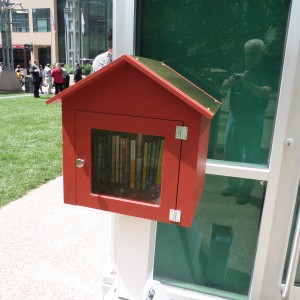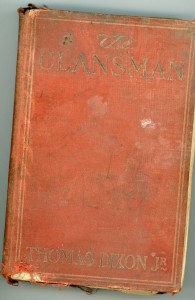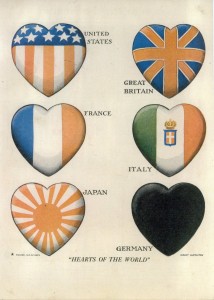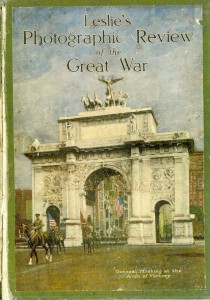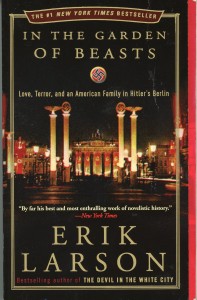#1056 – Dick Bernard: A 2015 Demonstration for Black Lives Matter at the Minnesota State Fair in St. Paul; and a flashback to Peace Island in 2008
NOTE: I include my own followup comments after Judy’s comment at the end of this post.
Had I not had a schedule conflict on Saturday, August 29, I would have wandered over to the Minnesota State Fair to see the Black Lives Matter demonstration at the Fair.
As it was, all my information came from the local TV news, and this mornings newspaper. From a news standpoint, it was apparently a pretty boring (as in lack of mayhem and blood) event. While it had the most prominent placement on the Minneapolis Star Tribune front page, the sub-headline said “Police made no arrests during mostly peaceful Black Lives Matter rally”. Those who wanted “action”, on all sides, were probably disappointed.
Peaceful things don’t have much to offer a “news” cycle; there is one shot at a headline.
Actually, the Demo caused me to think back to another St. Paul event on Sep 2-4, 2008. It was an event called the Peace Island Conference, and I was one of the organizers. Three or so miles away from our venue was the 2008 Republican National Convention, which lives in history for the John McCain/Sarah Palin Presidential Ticket.
My personal favorite photos are these, taken mostly by myself on Sep 1-4, 2008, at assorted peaceful gatherings at varying venues in St. Paul.
(click to enlarge)
Those who were there in 2008 will remember all of these.
The assorted police forces from all over (it seemed) were mobilized to prepare for war against a rabble of crazed peaceniks who would certainly descend on St. Paul to disrupt the Republican National Convention in downtown. Bizarre weapons, like the gunboat on the Mississippi, appeared to protect citizens from the rabble. Police dressed like transformer characters were an ominous presence everywhere. The media focus was on occasional incidents.
I was in the rabble demonstrating on Sep 1. Doubtless there were people wanting to be arrested, and vandals, but they were few and far between. The vast majority of us were just demonstrating for peace, that’s all.
Down the street about three miles, the next day, we convened Peace Island: a “Solutions Driven Conference”. There were several hundred registered for the event; 23 speakers with impressive credentials from all over.
From a nutrition point of view, there was a lot of nutritive value at the many sessions at Peace Island. From a news viewpoint: apparently no value at all.
In a hard American news sense, Peace Island conference was boring. To my recollection, Peace Island did not attract a single reporter nor a single news story, much less something on page one. It was, in that sense, an utter failure.
Much better had there been a violent call to revolution of some kind.
But, still, Peace Island was a huge success of its own.
Saturday, August 29, at the State Fair Grounds seems to have been a somewhat boring event from a news standpoint. “…no arrests….”.
Cool heads prevailed all around.
The Black Lives Matter group certainly got the attention they were hoping to get, but neither side threw a punch to make “news”.
That is very good.
I’ve often wondered if Peace Island accomplished anything.
I do think it lives on, in a positive sense, a message to present and future activists.
Black Lives Matter is in itself a movement to keep in the public eye a necessary conversation.
I don’t know any of the youthful movements leaders, but I congratulate them for their efforts.
Comment from Judy, Minneapolis, Aug. 31:
Yes, it was peaceful, but huge numbers of racist comments on their facebook page. our church has been studying racism this summer with two interim pastors while our pastor was on sabbatical in south Africa studying racism. This fall we are reading Between the World and me and a couple of years ago we read the Grace of Silence by Michele Norris. Our church sits at the corner of 4 south Minneapolis neighborhoods.
Black Lives Matter (BLM) has come out with their platform in the last week or so and we copied it for people for an adult forum yesterday. We are thinking about putting up a banner and had a couple of pastors come and talk about their experience in doing so. We are, of course, dealing with the conflict of All lives matter versus black lives matter….I finally got it this summer partially based on these statistics:
“A black person is killed extra-judicially every 28 hrs, and Black men between ages 19 and 25 are the group most at risk to be gunned down by police. Based on data from the Center on Juvenile and Criminal Justice, young Blacks are 4.5 times more likely to be killed by police than any other age or racial group.
African-Americans have comprised 26 percent of police shootings though we only makeup 13 percent of the U.S. population, based on data spanning from 1999 to 2011.
Shootings fell to 35 per year in the 2000s though the risk is still higher for Black Americans than it is for whites, Latinos and Asians. My people are killed at 2.8 times the rate of white non-Latinos and 4.3 times the rate of Asians.” Source of preceding paragraphs here.
BLACK LIVES MATTER PLATFORM
1. End broken-windows policing
Broken windows policing refers to the theory that if you don’t go after minor crimes (i.e. broken windows), then it sends the community a message that they can get away with more serious crimes. Campaign Zero says this form of policing disproportionately affects minorities.
2. Community oversight
Campaign Zero suggests establishing a civilian-run commission that can make recommendations for discipline following a civilian complaint of police misconduct. They say this is better than relying on fellow officers to punish their own colleague.
3. Limit use of force
Campaign Zero wants officers only to be allowed to use deadly force when there is an imminent threat to the officer’s life or the life of another person. Currently, officers can use deadly force when they perceive a deadly threat. The group also calls for stricter standards for reporting the use of deadly force.
4. Independently investigate and prosecute
To avoid conflicts of interest, Campaign Zero calls for state governments to establish independent prosecutors who will investigate instances of police violence and killings. The group also wants to reduce the standard of proof for federal civil rights investigations of police officers.
5. Community representation
The campaign calls for police departments to be more representative of the communities they police by having proportional amounts of women and people of color on staff.
6. Body cameras & filming the police
Campaign Zero wants all police officers to be equipped with body cameras and for police to be banned from taking recording devices from civilians without their consent.
7. Training
Campaign Zero suggests that police officers be required to undergo training four times a year on a variety of issues including racial bias or prejudice, community interaction, crisis intervention, and de-escalation of situations.
8. End for-profit policing
Campaign Zero recommends police departments do away with quotas for tickets and arrests as well as limit fines and fees for low-income people and have stricter standards for civil forfeiture (seizing of civilian property).
9. Demilitarization
Campaign Zero suggests ending the federal government’s 1033 program that provides military weapons to local police departments. The group also says there should be greater restrictions on police departments attempting to purchase and use military grade equipment.
10. Fair police contracts
Campaign Zero believes police union contracts have given police unions too much influence and give officers too much protection in the instances of misconduct. Campaign Zero wants to eliminate barriers put in place by the union contracts and make officers’disciplinary history accessible to the public. In addition, they suggest that officers’ shouldn’t be paid if they are being investigated for seriously injuring or killing a civilian.
On their website, the group also offers policy agendas for how to implement their reforms on the local, state, and federal level. The group also published a fact sheet detailing where each presidential candidate stands on these proposals.
Information above taken from here.
POSTNOTE from Dick Bernard: Black Lives Matter and the Minnesota State Fair, like the Peace activities at the 2008 Peace Island and Republican National Convention, both in St. Paul, are extremely complex “organisms”, involving reason, emotion, many, many individual “actors”, and on and on. When I observed what appeared to have happened at the Black Lives Matter demo at the State Fair, I basically was reflecting on the relationship between the State (Those who direct the Police) and the People (the demonstrators).
In 2008, it appeared, all of Minnesota was in “lock down”, and I was among the demonstrators affected. In every way the message was, “behave, or you’re in deep trouble”; that everyone was a potential danger. It was an over the top totally paranoid response to people who wanted to demonstrate. The tone of what happened between People and State at the Minnesota State Fair area on Saturday seemed very different. Sure, there were examples on both sides, but the tone was very different.
Back on August 22, a week before the State Fair demonstration, there was a burst of conversation on one of the lists to which I subscribe. One member was irritated by what he saw as the disruption of the Fair by the demonstrators. His statement was a fair one, but I responded as follows: “Everyone is entitled to their own opinion, and on this one I’ll disagree with you.
My career was as a teacher union representative (Education Minnesota), and when we were asserting our rights to bargain and such, it was necessary to get people’s attention, and we sometimes did it in ways that got elements in the community irritated. But it was necessary to get people’s attention, first. Then the conversation, or argument, or whatever, could begin.
Some years before that career, in the mid-60s, I remember driving in southern Minnesota during the time the National Farmers Organization was asserting its rights to organize, putting up blockades once in awhile to hopefully assert themselves. It seems to me that the issue, then, for them was milk supply and demand. Of course, farmers are independent cusses, and there were some problems. But I have a vivid memory of at least one intersection where several farmers in a truck were making sure it was inconvenient for their fellow farmers to get by.
Further back still (I found just recently), my North Dakota farmer grandfather (Ferd W. Busch) was a founder and apparent organizer for a local chapter of the newly formed ND Farmers Union. In 1928 he wrote a letter to the editor of the local paper: Busch FW Farmers Union001. The non-partisan league was history by then (he’d been part of that, too), and Farmers Union, now Cenex, I believe, was a new and more durable rendition.
Scratch organizing is never easy, and oftentimes those who do the organizing are not well versed in all the niceties and make mistakes. Maybe what will happen at the State Fair will materialize, maybe not, it certainly will get people talking. As it has got us talking, here!”
Coming as I do from a long history of labor union work, organizing is never perfect. Stuff happens, or doesn’t happen. It is always the dramatic (bad) stuff that always gets the publicity in the media. The boring (good) stuff happens, but only over the long term.
What I will be looking for is the long term stamina and negotiating savvy of the Black Lives Matter leadership. Too many groups succeed and then fail because of lack of follow through. The event is the only result. This was the unfortunate after effect at Peace Island, A Solutions Driven Conference. It was a great conference, and people went home….
Perhaps, a final note: Another reader, Ray, called to suggest a book that I think I might actually order. It is Trance formation of America by Cathy O’Brien and Mark Phillips. If nothing else, read some of the reviews.


